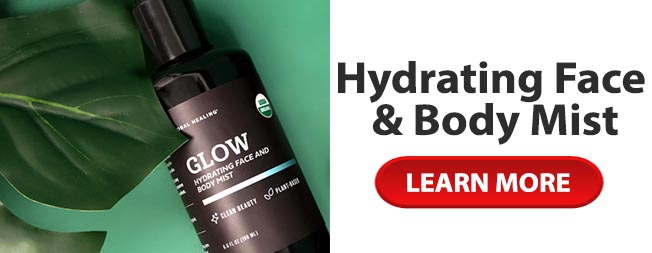Shea butter is a product manufactured from a Shea tree. This particular tree will bear fruit only after 20 years and produces a full crop after 45 years of growth. The tree grows mainly in West Africa and can reach a maximum height of 20 meters. Unfortunately, the tree cannot be cultivated. The fruit contains a nut with a hard white center that is for of their Shea butter. Before the fruit is harvested a prayer is said over the crop. This has been a practice in Africa for centuries to show respect to the tree and thank mother nature.
The Shea tree can live up to 2 centuries before eventually dying. Traditionally the butter was extracted by tribesman using different techniques depending upon what was passed down through the generations. The basic process, however, is the same. The fruit is picked, cracked, grilled and then pounded to extract the butter. It is then boiled in water until the butter rises to the surface.
This process is the best way to extract the most pure Shea butter but it doesn\’t work in mass quantities. There is no need to use chemicals or synthetic agents to get the butter from the fruit which is called unrefined or raw Shea Butter. (1)
Before Shea butter was introduced to the world for use in the cosmetic industry, it was used for other purposes as well. Traditional healers have used it as a spiritual cleansing, during certain ceremonies or in recipes.
Today, thorough mass manufacturing processes, Shea butter is available to many more individuals who have found an amazing number of ways of using the product to improve their external and internal bodies. For instance, Shea butter is a wonderful all over body soap or lotion and can be used daily. Some researchers also believe that there is a strong use in anti-aging products because of the high amount of Vitamin A and E it contains. These are anti-oxidant vitamins that may also help to boost collagen production.
For decades women have been using Shea butter and vitamin E to fight stretch marks during pregnancy. These are essentially scars that develop when the skin is stretched too quickly. Along with use for scars or to prevent stretch marks, Shea butter has also found some use to sooth the skin and improve healing from abrasions, allergies, eczema, dermatitis and insect bites.
After a chemical processing of the hair – such as perm or coloring – Shea butter may help to sooth the scalp. It can also help to protect the skin from the elements and sooths sunburn. Soaking your feet in Shea butter may also help to soften and protect them as well.
Because of the many uses this product has quickly become the best-selling and most highly recommended skin care product. Many companies are also starting to include Shea butter in their products. Even men\’s companies are getting into the act because others have found that Shea Butter will help to reduce irritation and restore skin luster after shaving.
Pure Shea butter is found in three different types of extractions – raw, refined or highly refined. The more the product is refined the more highly processed and other chemical solvents are added to the product. The natural color of raw butter is cream to yellow while the products that are more refined lean toward being white.
Although it is called butter, the product doesn\’t require refrigeration and can have a shelf life of up to 3 years before losing effectiveness. It will continue to have moisturizing qualities but may lose healing qualities. Store the container in a cool dry place.
Shea butter also has a low melting point. This is both a positive and negative point. For instance, when transported in the summer months, it may actually arrive liquified. It is still good and should be refrigerated with the lid off until it hardens again. On the other hand it almost liquifies when it reaches your skin making it very easy to apply.
Other benefits of Shea butter also includes reduction in acne, treatment of diaper rash, helps to restore elasticity to the skin and evens out skin tone. Another difference between raw and refined butter is the smell. If this isn\’t an issue then using the raw butter is best for the body – but if you don\’t like the smell then you might try purchasing East African Shea Butter which has a milder aroma, or purchasing refined butter that didn\’t use solvents.
http://www.academicjournals.org/ An Analysis of Allocative Efficiency of shea Butter Processing methods in the Northern region of Ghana

